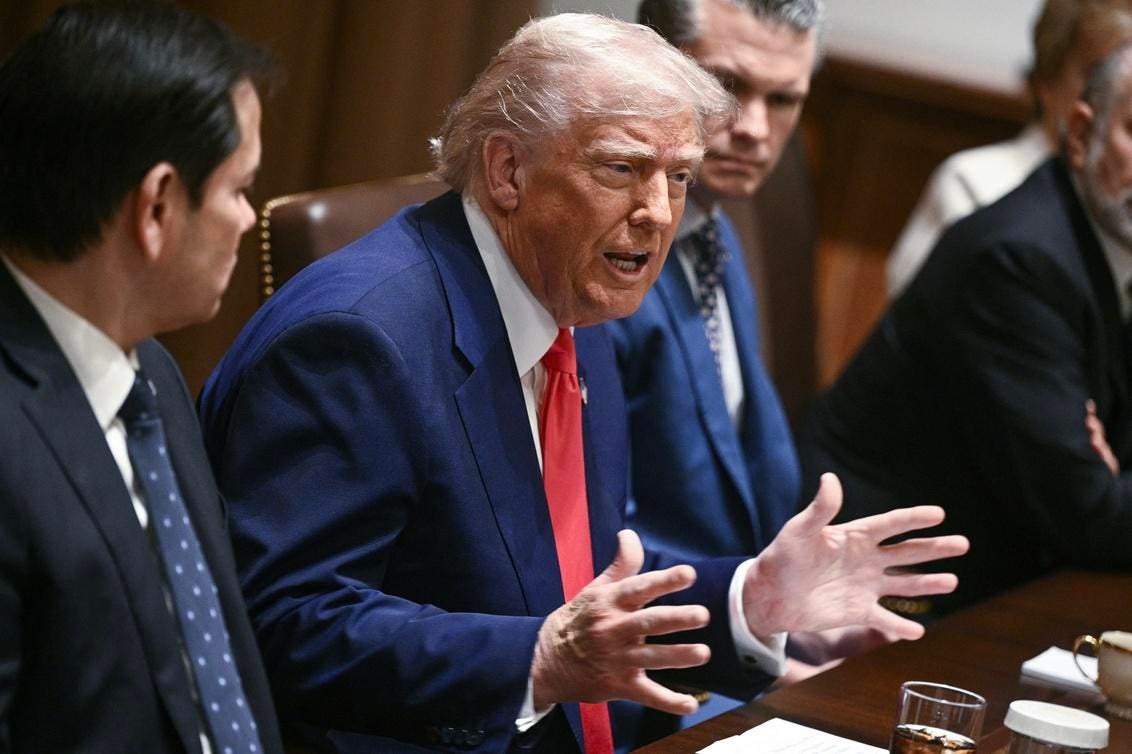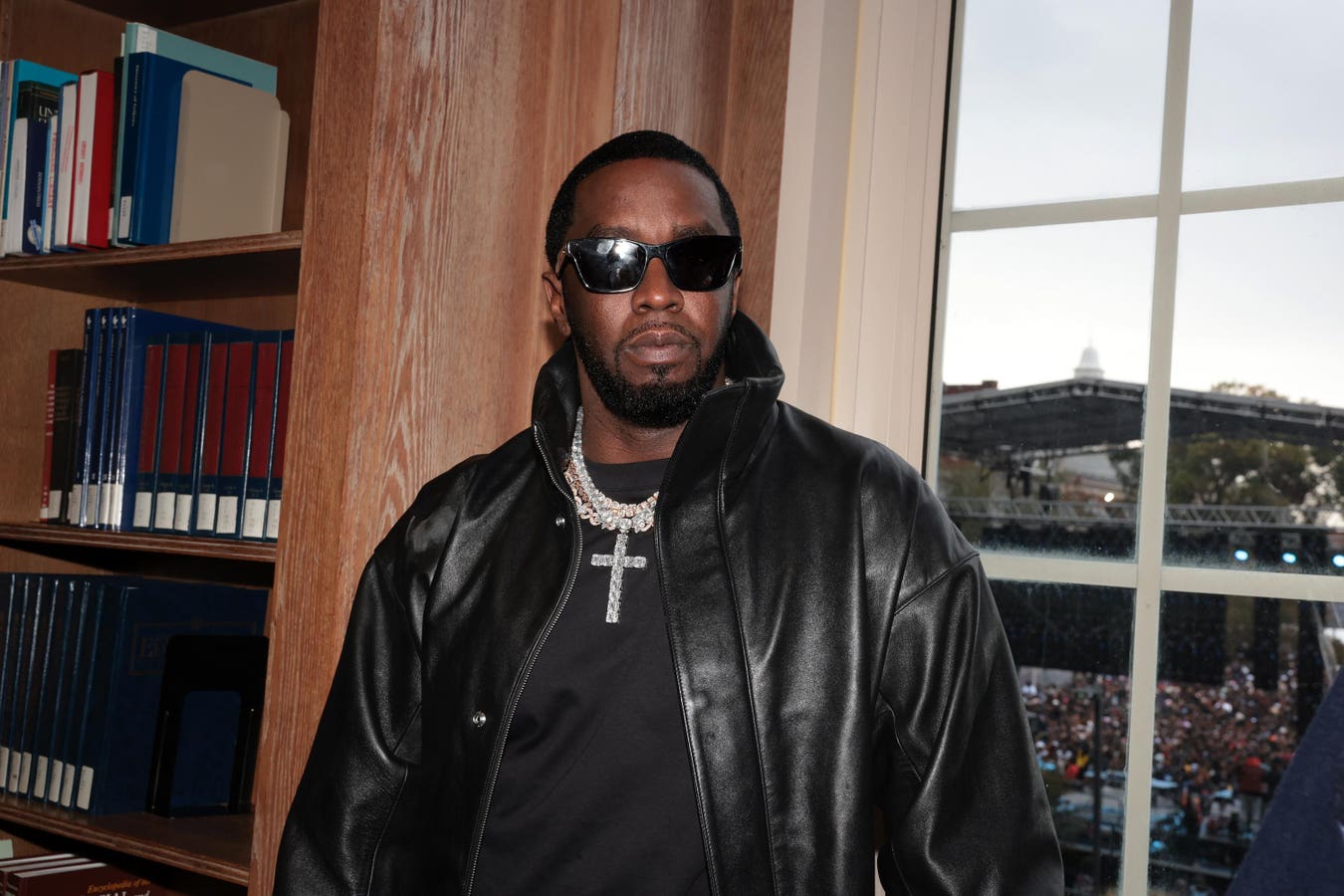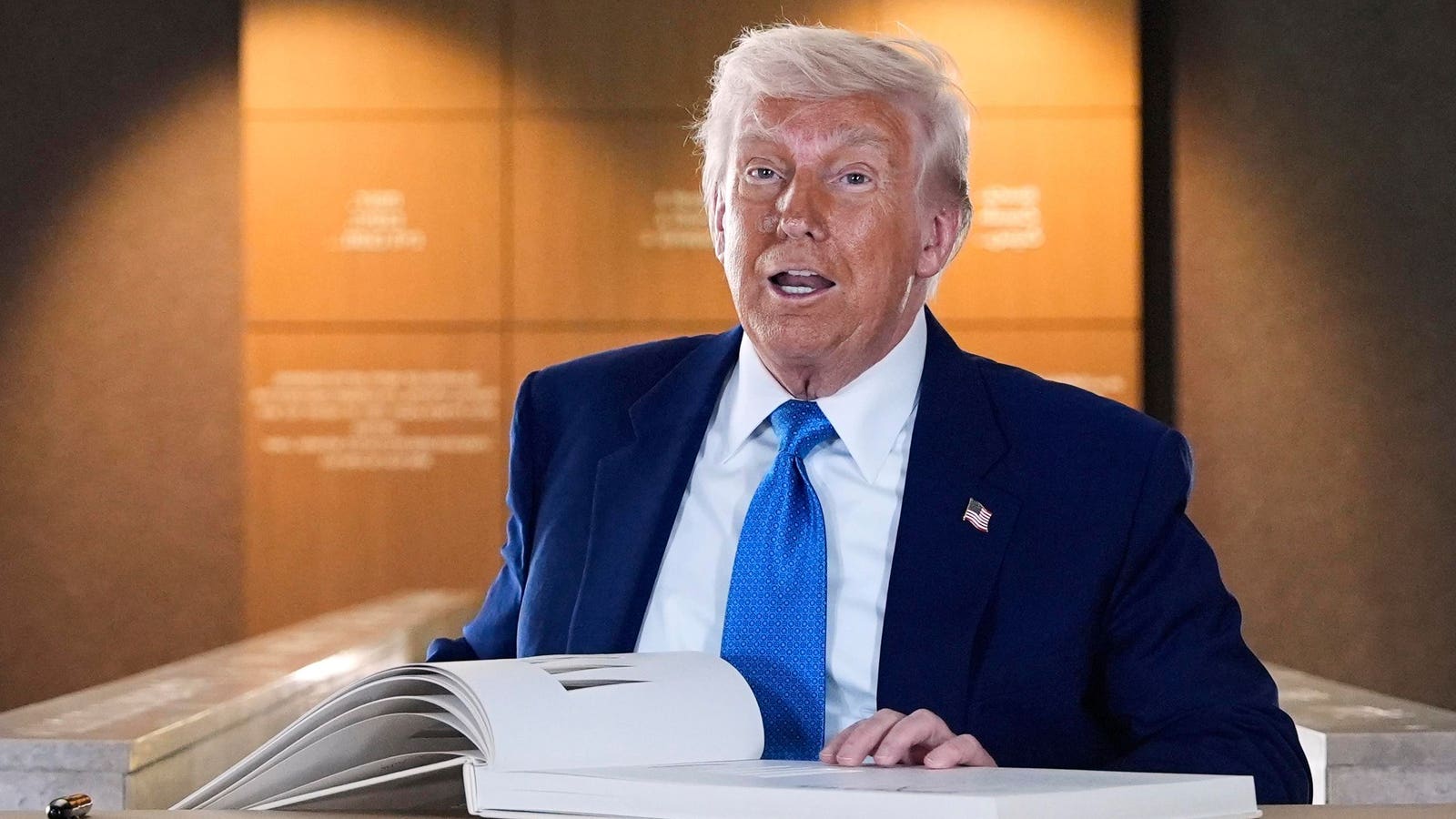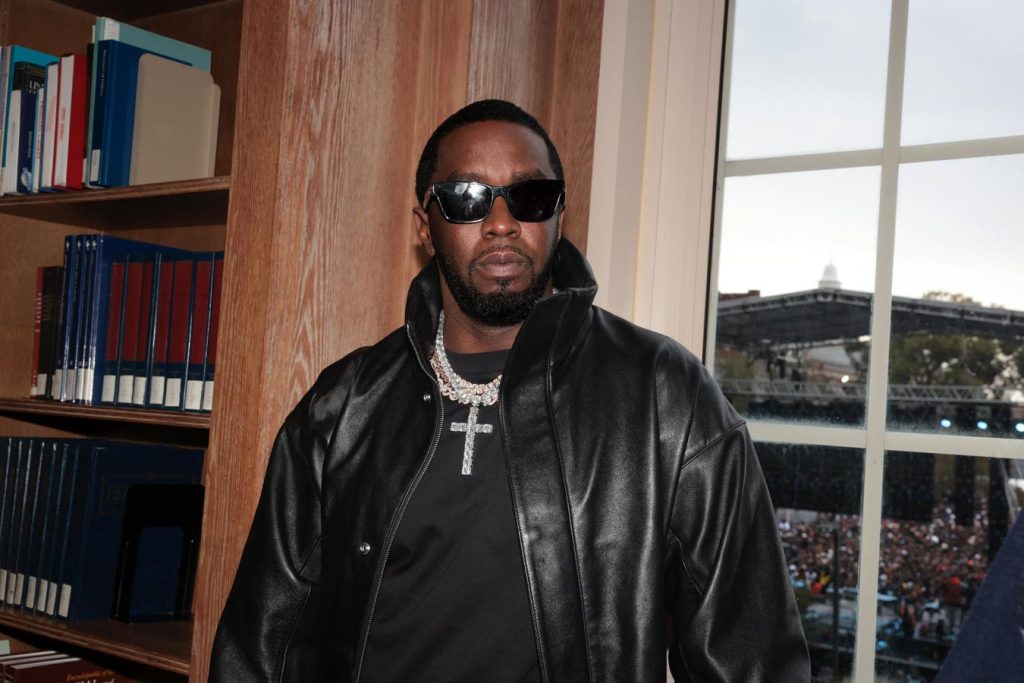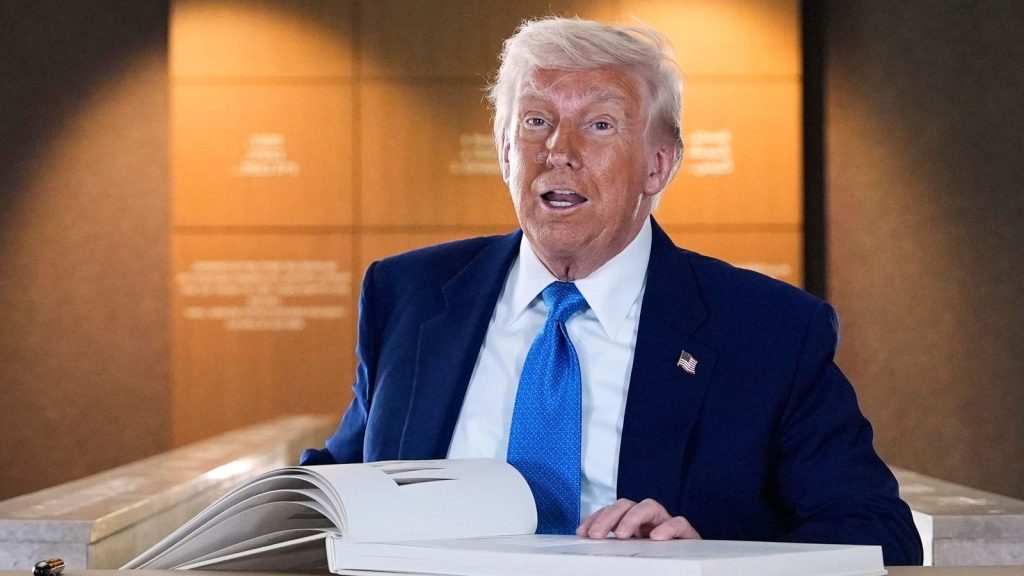Topline
President Donald Trump didn’t rule out extending his 90-day tariff pause in a Cabinet meeting Thursday but said if the White House can’t come to new agreements with its trading partners, the steeper rates will go back into effect.
President Donald Trump, alongside Secretary of State Marco Rubio (L) and Secretary of Defense Pete … More Hegseth (R), speaks during a cabinet meeting on April 10, 2025, in Washington, DC. (Photo by BRENDAN SMIALOWSKI/AFP via Getty Images)
Key Facts
Trump said “we’ll have to see what happens” when asked by a reporter if the moratorium could stretch longer than 90 days if the U.S. is still negotiating with its trade partners.
The deals have “to be good for both parties,” Trump said, or the taxes would go back into effect.
Trump also suggested countries could negotiate down the 10% baseline tariff that is not subject to the pause, telling reporters, “it depends on what they’re adding, some countries we have massive deficits with, and others it’s not that way, so it depends.”
The president, speaking to reporters during a Cabinet meeting Thursday, also said “it’s possible” when asked if he would offer exemptions to certain companies or countries, but said, “we don’t have that situation right now.”
Trump reversed course on his signature tariff policy Wednesday, just 13 hours after it took effect, citing the bond market sell-off that threatened global market stability, telling reporters, “the bond market is very tricky . . . people were getting a little queasy.”
What To Watch For
More than 75 countries have reached out to the White House to negotiate new trade deals in the wake of Trump’s tariff announcement, administration officials have said. Economic adviser Kevin Hassett told Fox News on Thursday proposals have been drafted with 15 countries.
Key Background
While Trump rolled back the steep tariffs on most U.S. trading partners Wednesday, he kept in place the 10% baseline tariffs that took effect Saturday. The 25% tax on global auto imports implemented in April also remains, in addition to steel and aluminum tariffs that took effect in March. A previously implemented 25% tariff on goods from Mexico and Canada that is not subject to the U.S.-Mexico-Canada trade agreement is also still in place.
Tangent
China was omitted from the pause after Beijing retaliated against Trump’s tariffs with an 84% tax against U.S. imports. Trump has since imposed a 125% tariff on China, on top of a previously levied 20% tariff for its role in the fentanyl crisis, for a total of 145%. After the White House confirmed the 145% rate Thursday, the stock and bond markets comeback receded in afternoon trading.
Further Reading
Will Trump Negotiate Tariffs? Countries Start Using 90-Day Pause To Reach Deals With White House (Forbes)
Fed Official: Trump’s 10% Universal Tariffs Would ‘Materially Increase Inflation’ (Forbes)

